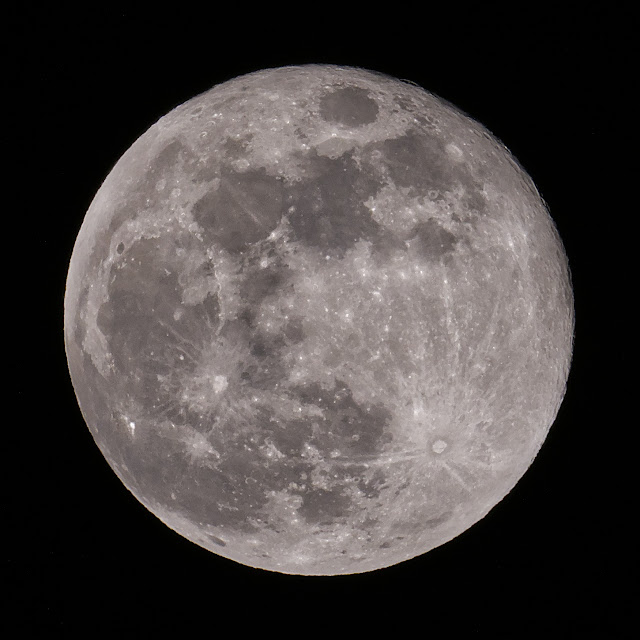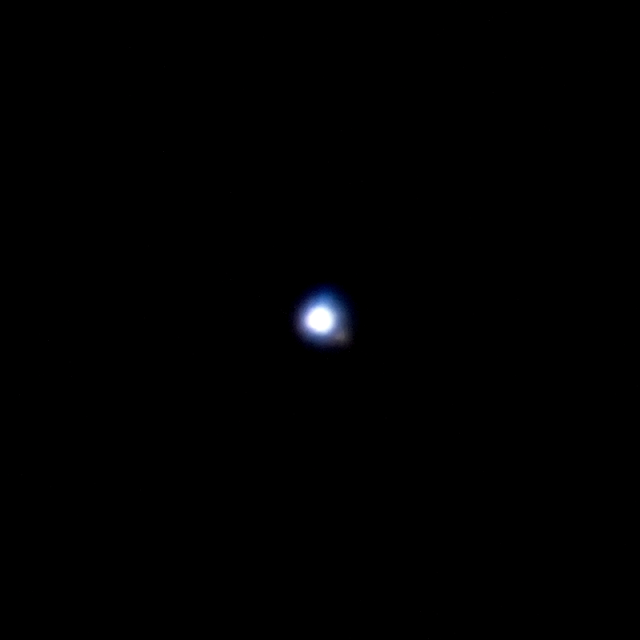There are two double stars visible in the northeast in the late evening that are easily accessible to small telescopes. They are Cor Caroli (Alpha Canum Venaticorum) and Mizar (Zeta Ursae Majoris). Both are easy to find. Mizar is the brightest component of a naked-eye double star in the handle of the Big Dipper, and Cor Caroli is easily identified by its proximity to the Big Dipper, as seen in the image below.
 |
| Olympus E-M1iii + Olympus 25mm f/1.8. ISO 800, 30 s. Sparkle-6 filter. sqml=19.8 |
Cor Caroli consists of two visual components of magnitudes 2.9 and 5.5 separated by 19 arcsec. Mizar is the brightest of the Mizar-Alcor pair that can be seen without a telescope. With a telescope, Mizar presents as two stars of magnitudes 2.2 and 3.9, separated by 15 arcsec.
In each case, the two visual components are also spectroscopic binaries, meaning that both pairs are actually four-star systems.
 |
| Cor Caroli A+B. Celestron C6 + Olympus E-M5iii. ISO 400, 1 sec. |
The two components of Cor Caroli are also designated α1 and α2, with α1 being the fainter of the pair.
 |
| Mizar A+B. Celestron C6, ISO 400, 1/3 sec. |
I was able to split both of these doubles using a 50mm f/4 refractor at 20x with some careful concentration. Both of them were easily split at 40x with no effort.
The telescope in the picture below is a TS-Optics 50mm f/4 ED refractor with a GSO Amici-prism diagonal and a Celestron XCel-LX 5mm eyepiece (approx 40x). This setup perfectly matches the description of "small telescope".
.































